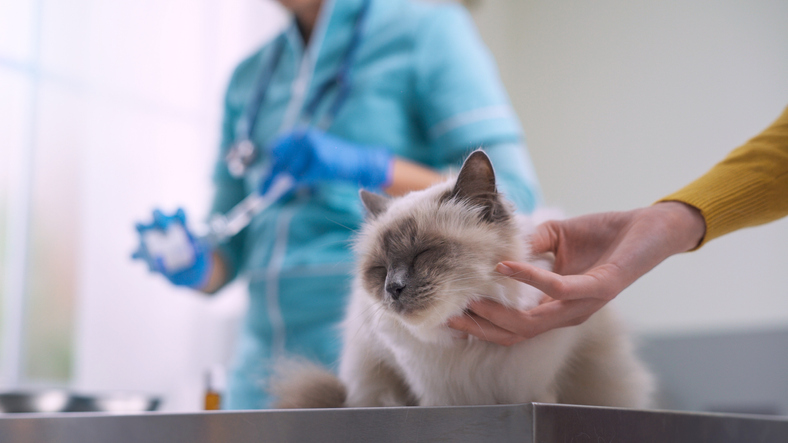
Which cats have the highest risk of kidney stones?
22nd March, 2023
A new study has identified the cat breeds that have a greater risk of developing stones (hardened accumulations of minerals, also known as uroliths) in the kidney and ureter.
Researchers from the Royal Veterinary College (RVC) found that there is a higher risk of diagnosis in five breeds: British shorthair, Burmese, Persian, Ragdoll and Tonkinese. However, non-purebred cats (most frequently Domestic shorthair) still represent the majority of cats seen with this condition.
As part of the RVC’s VetCompass Programme, the research team performed an observational cross-sectional cohort study of all the cats seen as referral patients at the Queen Mother Hospital for Animals over a 10-year period. The team examined 11,431 cats that had been assessed using abdominal imaging such as ultrasound, x-ray and CT scans and identified 521 cats with evidence of upper urinary tract uroliths.
In terms of age, cats aged 4-8 years were found to have the highest risk of being diagnosed with upper urinary tract uroliths.
Risk factors for cats with these uroliths developing a potentially life-threatening ureteral obstruction include being female and having uroliths in both kidneys. The study also found that the younger a cat is when diagnosed with kidney stones, the higher the risk of the cat developing a ureteral obstruction.
Vets should be aware that cats presenting with azotaemia (increased kidney markers), particularly those under 12 years of age, could have a ureteral obstruction and require abdominal imaging to rule this out, said Rebecca Geddes, lecturer in Small Animal Internal Medicine at the RVC.
At Petwise we offer specialist cover to help protect your cat during their senior years, with benefits including 24/7 access to unlimited video consultations with fully qualified veterinary surgeons. Choose from seven levels of senior cat insurance to find a policy that is right for you and your furry companion.